Ceramic toilets and basins are made through a process called slip casting. Here are the general steps:
- Creating the mold: A plaster mold is made of the desired shape of the toilet or basin. This mold is made in two halves, so that the finished product can be removed from the mold once it is formed.
Molding

-
Preparing the slip: A slip is made by mixing clay with water to form a liquid. The consistency of the slip is important, as it needs to be thick enough to coat the mold but thin enough to flow into all the details.
-
Pouring the slip: The slip is poured into the mold, and the mold is rotated to ensure that the slip coats the inside evenly. The mold is then left to sit for a period of time so that the clay can dry and form a solid layer.
-
Removing the mold: Once the clay has dried, the two halves of the mold are separated, and the newly-formed toilet or basin is removed. Any excess clay is trimmed away, and the piece is left to dry completely.
BAKING

- Firing: The dry toilet or basin is placed into a kiln and fired at a high temperature. This process hardens the clay and creates a durable ceramic material.
- Glazing: Once the toilet or basin has been fired, it can be glazed. Glaze is a liquid material that is applied to the surface of the ceramic piece. It creates a smooth, shiny surface and helps to protect the ceramic from wear and tear.
GLAZING

Now, regarding the cracks in the backside, it is possible that they may occur during the manufacturing process.When the toiltes or basins are sent for firing process they are headted at high temparature and due to it the clay will develop some cracks and those are left as it is in the unused surface of the toilet and the portion which is visible and used those will be glazed and they are ready to use, If the cracks are there in the unsused or non visible potion of the ceramic, they may not affect the overall function of the toilet or basin.
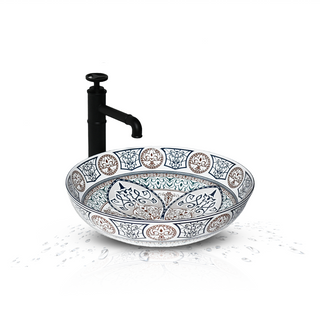
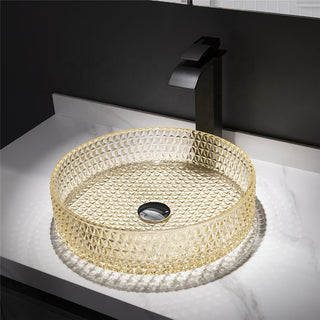
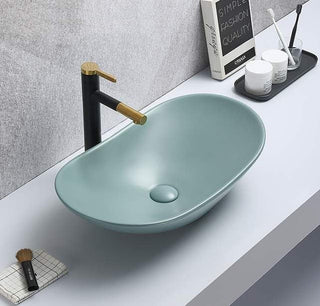
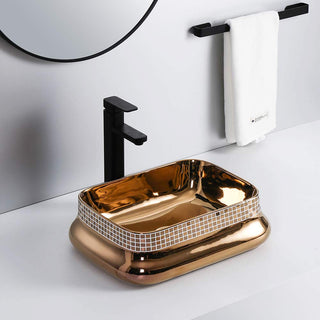
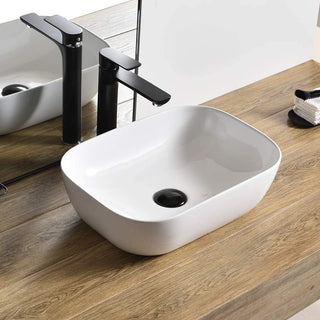


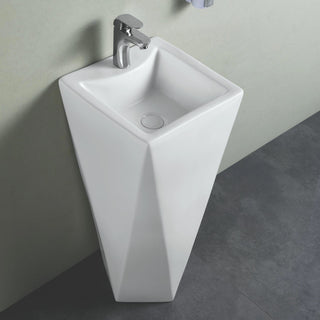
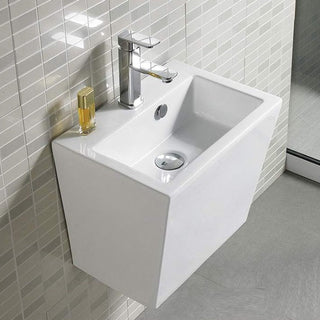




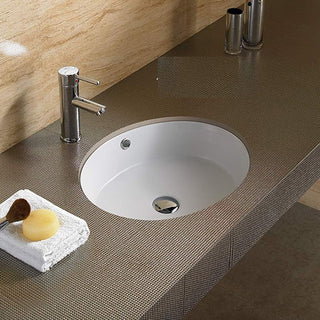
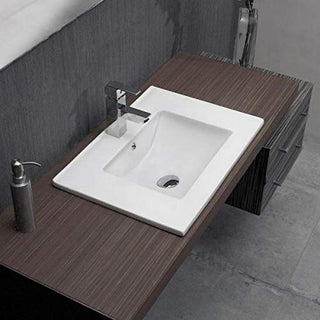
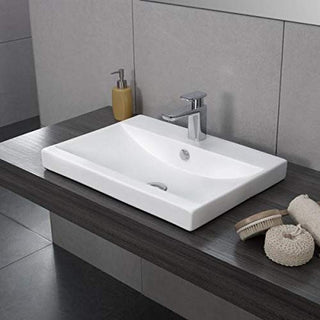
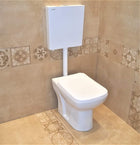
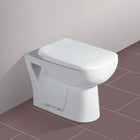
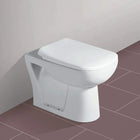
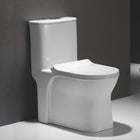
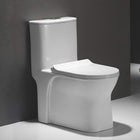

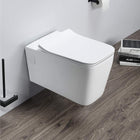
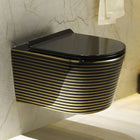

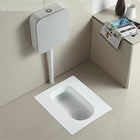
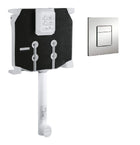
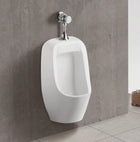
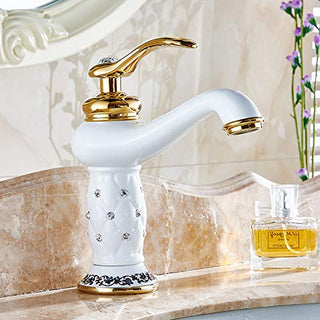
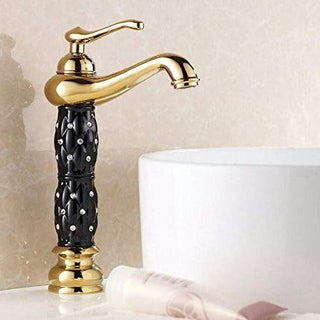

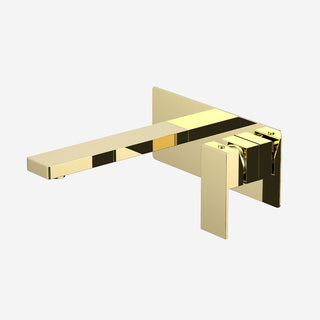

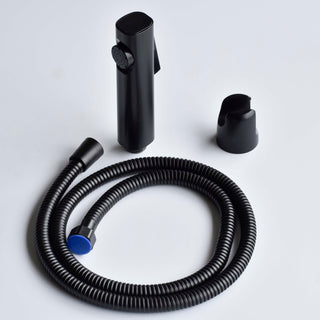
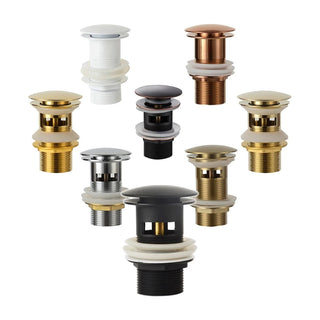
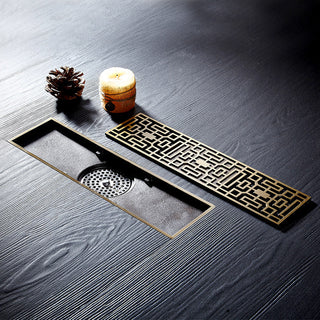

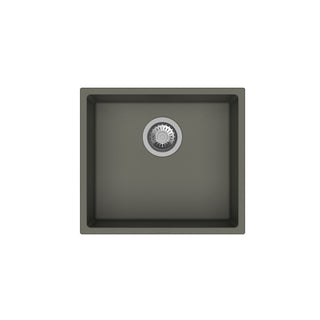
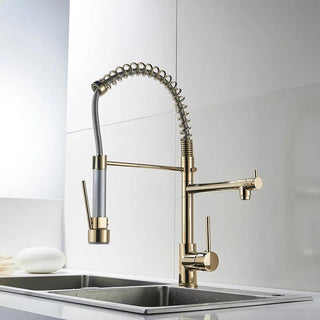
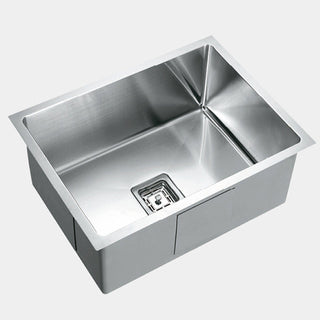






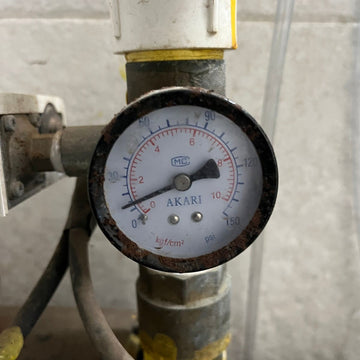
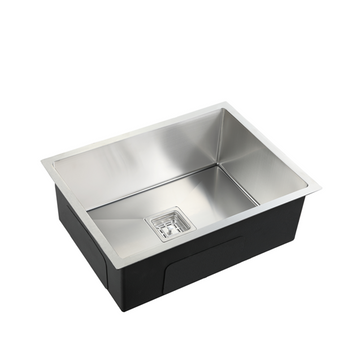

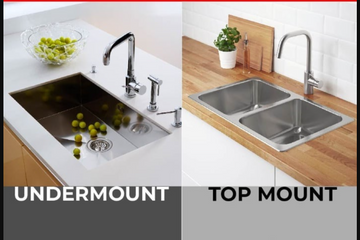



Very educative artical. Appreciate ❤️